Software
BornAgain
BornAgain is a software package to simulate and fit small-angle scattering at grazing incidence. It supports analysis of both X-ray (GISAXS) and neutron (GISANS) data. Its name, BornAgain, indicates the central role of the distorted wave Born approximation in the physical description of the scattering process. The software provides a generic framework for modeling multilayer samples with smooth or rough interfaces and with various types of embedded nanoparticles.
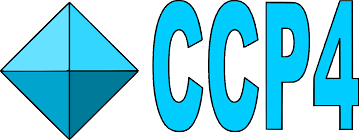
CCP4
CCP4 is an integrated suite of programs that allows researchers to determine macromolecular structures by X-ray crystallography, and other biophysical techniques. CCP4 aims to support the experimental determination and analysis of protein structures.

CrystFEL
CrystFEL is a suite of programs for processing diffraction data acquired "serially" in a "snapshot" manner, such as when using the technique of Serial Femtosecond Crystallography (SFX) with a free-electron laser source. CrystFEL comprises programs for indexing and integrating diffraction patterns, scaling and merging intensities, simulating patterns, calculating figures of merit for the data and visualising the results. Supporting scripts are provided to help at all stages, including importing data into CCP4 for further processing. [From: the Website]

DIALS
The DIALS project is a collaborativeproject to develop diffraction integration software. There are three end goals: to develop an extensible framework for the development of algorithms to analyse X-ray diffraction data; the implementation of algorithms within this framework and finally a set of user facing tools using these algorithms to allow integration of data from diffraction experiments on synchrotron and free electron sources.

Fox/ObjCryst++
The FOX program was made for ab initio crystal structure solution from diffraction data (mostly powder diffraction data). Its most interesting features for ab initio structure determination are: * a versatile description of the crystal contents: either isolated atoms , molecules described using a bond length, bond angles and dihedral angles, and polyhedra for inorganic compounds. You can describe your structure by using any combination of groups of atoms, using a chemist's or crystallographer knowledge about the connectivity in your sample to constrain possible solutions.. * an automatic correction for special positions and shared atoms between polyhedra, suitable for global optimization algorithms. * the ability to use simultaneously multiple powder patterns (X-rays, neutrons), as well as single crystal data (e.g. extracted from a powder pattern) * smart global optimization algorithms which can get out of false minima. * a graphical interface (see the screenshots) with a 3D crystal structure view, with live updates during the optimization process.
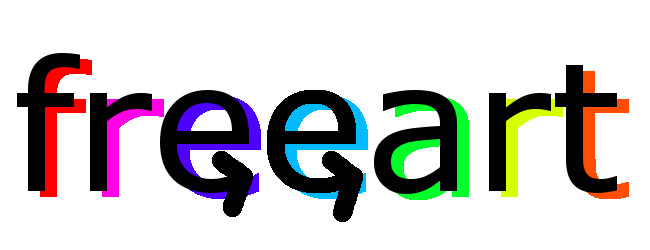
freeart
ART algorithms for fluorescence and transmission tomography reconstructions. Fluorescence absorption for the incoming and outgoing beams are taken into account.
Frida
Frida (“Fast reliable interactive data analysis”) is a versatile data analysis program with special routines for inelastic neutron scattering.

GATE
GATE is an opensource software package developed by the international OpenGATE collaboration and dedicated to numerical simulations in medical imaging and radiotherapy. It currently supports simulations of Emission Tomography (Positron Emission Tomography - PET and Single Photon Emission Computed Tomography - SPECT), Computed Tomography (CT), Optical Imaging (Bioluminescence and Fluorescence) and Radiotherapy experiments.
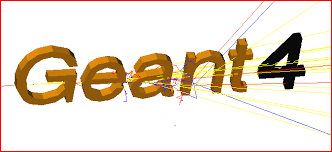
GEANT4
Toolkit for the simulation of the passage of particles through matter. Main applications: high energy, nuclear and accelerator physics, as well as studies in medical and space science.

MANTID
The Mantid project provides a framework that supports high-performance computing and visualisation of materials science data. Mantid has been created to manipulate and analyse neutron scattering and muon spectroscopy data, but could be applied to many other techniques.
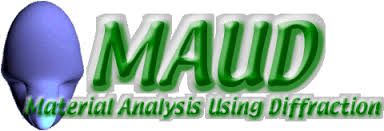
MAUD
Materials Analysis Using Diffraction: A Rietveld extended program to perform combined analyses. It can be used to fit diffraction, fluorescence and reflectivity data using X-ray, neutron, TOF or electrons
NAMD
NAMD is a parallel molecular dynamics code designed for high-performance simulations of large biomolecular systems.

nanoMAD
NanoMAD stands for Multiwavelength Anomalous Diffraction for Nano-structures: it is a command-line tool to analyze x-ray diffraction data collected at several wavelengths around one element's absorption edge, and extract the partial structure factor for the resonant atom.
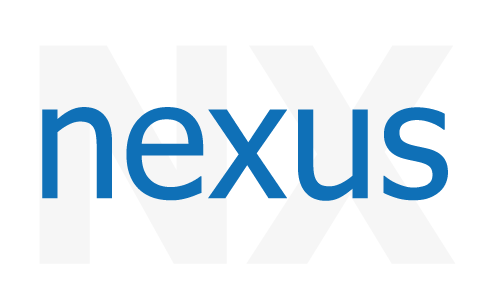
Nexus - Nuclear Elastic X-ray scattering Universal Software
The Nuclear Elastic X-ray scattering Universal Software (NEXUS) is a Python package for simulating and fitting of Moessbauer spectra, nuclear resonant scattering (NRS) data, pure electronic X-ray reflectivities (XRR), nuclear X-ray reflectivities, polarization dependent electronic scattering.
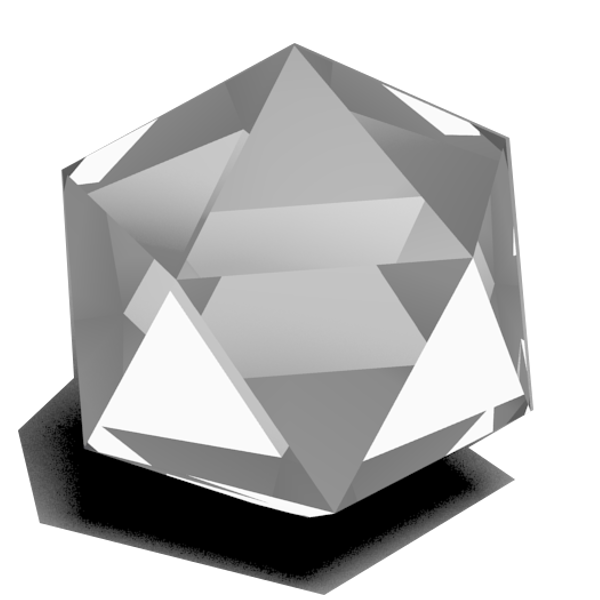
NSXTool
NSXTool is an application for reducing neutron single crystal data. It provides algorithms for indexing, refining UB matrix and instrument parameters, integrating Bragg peaks for future analyses using software such as FullProf or ShelX. It is made of a core crystallographic library written in C++ (standard 2011) with dependencies on boost, eigen, gsl standard libraries and of a graphical user interface written in Qt.

